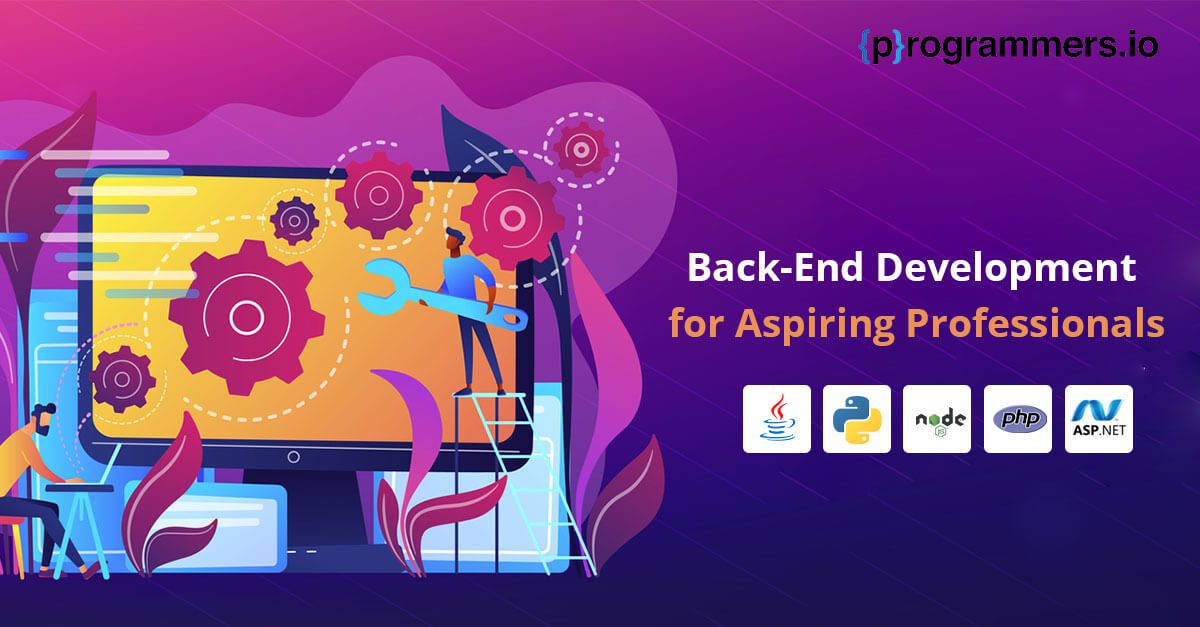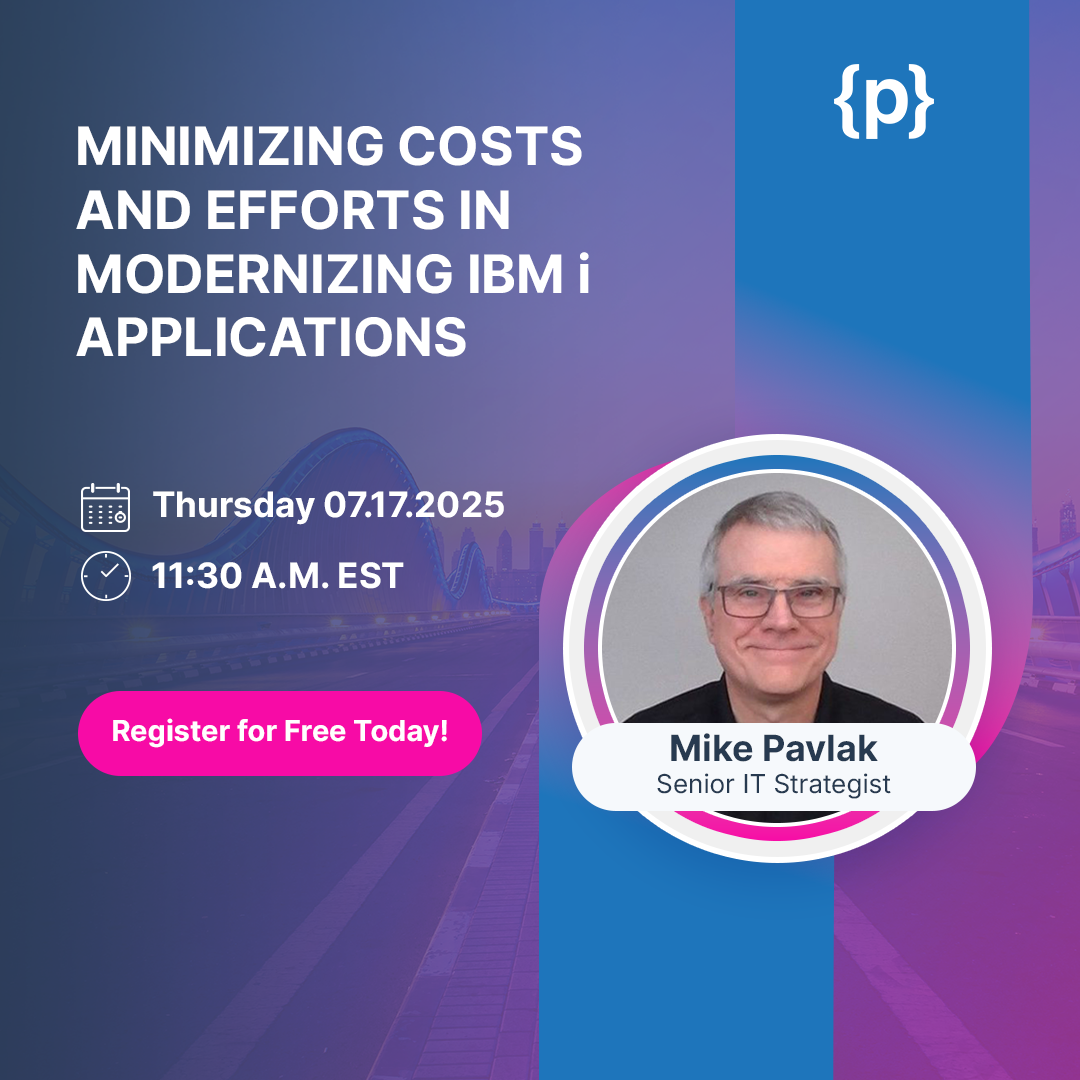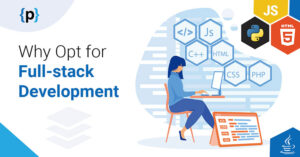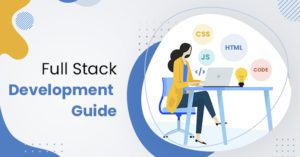Essential Components of Back-End Development for Aspiring Professionals
Understanding difficult concepts like back-end development and front-end development can prove to be extremely difficult if you aren’t an engineer or a developer. Add the complex APIs, frameworks, libraries and programming languages to the mix and you will have a complicated situation.
The silver lining is that you don’t necessarily need to decipher code to get a hang of the basics behind back-end development and the components present inside your stack. Truth be told, finding your way around a stack can be particularly helpful, especially if you manage a non-technical role in your organization.
We are here to help you become better as a back-end developer and navigate the treacherous paths within it. In this article, we take a look at some of the essential components of back-end development and what it contains.
What is Back-End Development?
Back-end development oversees the development process of backend applications that aren’t visible to users. The back-end development process entails all the codes and the information required to build the server, the application and the database it will operate on.
Back-end development looks over everything starting from incorporating the API to database migrations and to implementing server-side tech solutions in the long run. These solutions help make a website tick forward and as a back-end developer you act as the brains behind everything.
The traditional back-end side of an application is basically an amalgam of servers, APIs and databases. The operating systems located at the back-end of a website help tick the servers and tie everything together in one place. The server side of each application tends to look different, based on the computerization that has gone into it.
Components of Back-End Development
We now study the components of back-end development and what makes the process different:
Back-end Languages
Languages meant for back-end development play an important role in the development process and can vary in performance, compatibility, coding and the programming style. Most of the scripting languages used on the server side happen to be object-oriented in nature, while others are compiled in a comprehensive manner.
Some of the programming languages used for back-end development include:
Python
Python is a popular language with an amazing collection of data processing tools on its library. Python can work well for development on the server side and comes with a simple syntax and coding process for developers to speed up work on it.
Java
Java is one of the general purpose languages that can run object-oriented tasks as well. The language offers compatibility across platforms. All machines that come with JVM technology in them can run Java operations and programs.
PHP
As far as programming languages are concerned, PHP is one of the most common back-end languages used for web applications. PHP comes with a decent learning curve that is relatively easier to understand. The language has a history of back-end websites and comes with an extensive community of developers. PHP is perfect for startups powering the backend of a website if you are working on one.
C++
C++ is also among popular programming languages for back end development today. It integrates all the components of C with additional features for better proficiency and delivery. C++ can be used for large web applications, including video games.
Read – Frontend vs Backend vs Fullstack
Server
The server acts as the blood in the veins of your server side. The server pumps the life in your backend framework and is responsible for providing shared resources, improving file storage mechanisms, enhancing encryption and prioritizing web control.
Once you have covered the basics of all servers, you can enhance your understanding by studying virtualization and the key concepts within it.
Databases
Databases influence the dynamism in web applications. The database is tasked with accepting queries and requests that come in through the front end and then working on those queries to approve outcomes.
The database recognizes requests, gets the data related to it and then sending it back to your website. Databases have the ability to generate data from user interaction.
Middleware
Middleware is essentially described as a server software operation tasked with connecting the front end of the application with the server side. You can consider middleware as the plumbing solution for your website. It acts as a conduit between your frontend and the database at the backend, ensuring the smooth flow of operations.
APIs
APIs in a web app are responsible for connecting services, applications, software and databases together in a seamless manner. APIs are important in the server-side of software structures and help ensure the smooth flow of data. APIs are an important component of the backend development process and ensure smooth operations for the frontend.
Rich Text Element
Back-end development includes rich text element, which allows organizations to create headings, block quotes and images and format them together or individually. You can just double click on content pieces to get the rich text element into action.
A rich text element mechanism can be used with both dynamic as well as static content. With static content, you can just drop the content on any page and start the editing.
Back-end programming, as you would know by now, is the unique term used to refer to all the process behind the curtains. The principles of building a backend can, hence, be applied to numerous applications and professions today. We hope you know more about the application and components involved in the process now.










